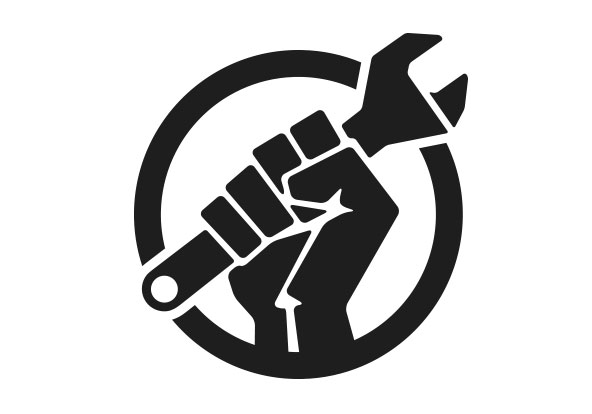I don’t share mine. I manage them with gnu stow and my private gitforge on my server (with 3-2-1 backup in place)
I don’t have an objection to sharing them. I don’t think it’s too personal, I just don’t use a public facing gitforge.
Edit to add: I have branches for my different machines in my dotfiles repo for variations











What do you like about chezmoi vs stow?